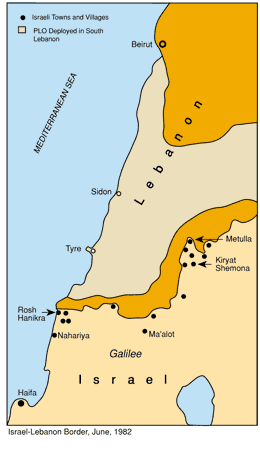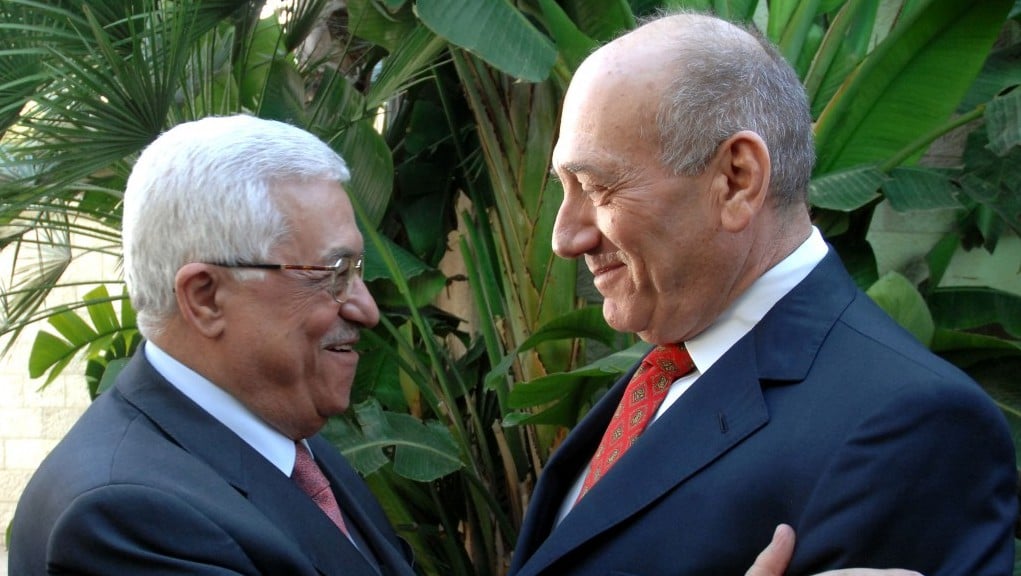Sixties Fan
Diamond Member
- Mar 6, 2017
- 67,285
- 12,048
- 2,290
I missed it. Post it again.I already told you what's wrong with Olmert's offer.
Follow along with the video below to see how to install our site as a web app on your home screen.
Note: This feature may not be available in some browsers.
I missed it. Post it again.I already told you what's wrong with Olmert's offer.
Look at the history .lsrael was always raiding Lebanon to steal topsoil and water assets. Look how they fought to take the Litani and Wazani rivers.
What a rotten brain.
The Litani was taken for 8 days,
until Pali-Jihadis withdrew north.

|
They advanced to the banks of the Litani and stayed much longer than that. Both the Litani and Wazani rivers are in Lebanon proper. Ariel Sharon made public threats... Have you forgotten?
I already told you what's wrong with Olmert's offer.

What does that have to do with the Israeli/ Palestinian issue? Another stupid remark.The Taliban.
What does that have to do with the Israeli/ Palestinian issue? Another stupid remark.
Another lie. Egypt initiated the War by closing the Straits. Keep tryingIsrael attacked Egypt in 1967 and international law doesn't allow colonization of occupied territory. That's why we chased Saddam Hussein out of Kuwait.
“International Law” is a myth. Please tell us why Egypt succeeded in blocking International Waters or better yet why the INTERNATIONAL PEACEKEEPERS Left just prior to the 67 War??The Israelis don't respect international law... Never have. Now they want the Saudis to fight Iran on their behalf.
The “ Saudi Peace Initiative “ is going back to 67 Borders that weren’t recognized in the first place PLUS “ right of return “ The PLO already stated the Jews would not be allowed at the Western Wall PLUS they would have control of all Jewish Holy Sites. Give me one reason why Israel would even consider thisNothing changed. The Saudi peace initiative of 2002 is still on the table. Trump gave everything away in his pathetic "negotiations". That's not how it works.
